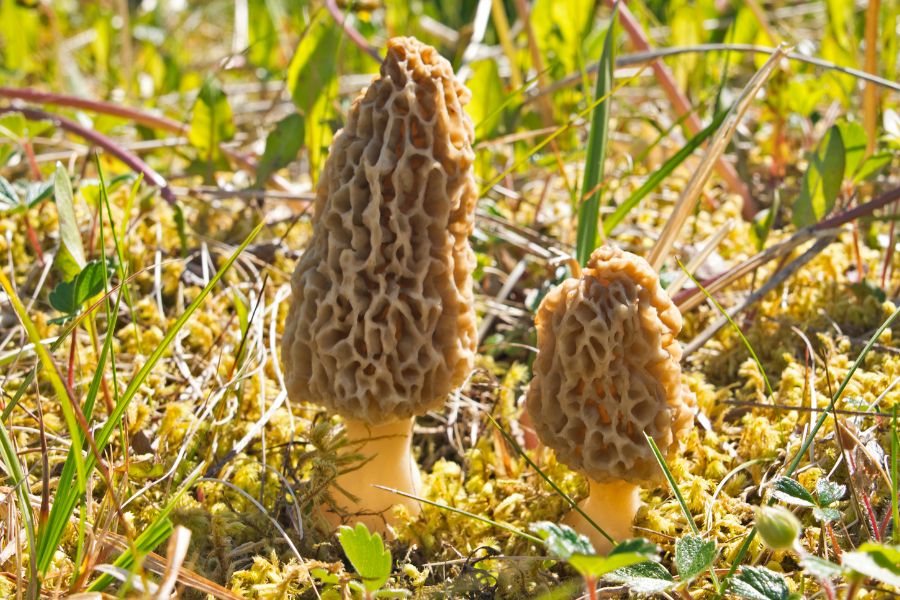The smell of fresh spring air means it is time to search for a special forest treat. Morel mushrooms grow in Idaho forests, and locals get excited when the season arrives. Finding them can be a fun adventure for everyone.
Morels taste amazing when cooked properly. Their meaty texture and nutty flavor make them a favorite among chefs and food lovers. These mushrooms can sell for good money too, with prices often reaching $50 per pound or more.
Moreover, learning about morels connects you with nature in a meaningful way. You will notice how these fungi grow near certain trees and in specific soil conditions. This knowledge makes every forest walk more interesting.
Families bond during morel hunts as they explore Idaho’s beautiful forests together. Kids love the excitement of the search. Parents enjoy teaching outdoor skills and making memories.
So head to the forests this season. The morel hunt offers fun, food, and maybe some extra cash. Idaho’s forests are waiting for you to explore them.
What We Cover In This Article:
- What Morel Mushrooms Look Like
- Mushrooms That Look Like Morels But Aren’t
- How To Find Morels
- Where You Can Find Morels
- Additional locations to find Morels
- When You Can Find Morels
- The extensive local experience and understanding of our team
- Input from multiple local foragers and foraging groups
- The accessibility of the various locations
- Safety and potential hazards when collecting
- Private and public locations
- A desire to include locations for both experienced foragers and those who are just starting out
Using these weights we think we’ve put together the best list out there for just about any forager to be successful!
A Quick Reminder
Before we get into the specifics about where and how to find these plants and mushrooms, we want to be clear that before ingesting any wild plant or mushroom, it should be identified with 100% certainty as edible by someone qualified and experienced in mushroom and plant identification, such as a professional mycologist or an expert forager. Misidentification can lead to serious illness or death.
All plants and mushrooms have the potential to cause severe adverse reactions in certain individuals, even death. If you are consuming wild foragables, it is crucial to cook them thoroughly and properly and only eat a small portion to test for personal tolerance. Some people may have allergies or sensitivities to specific mushrooms and plants, even if they are considered safe for others.
The information provided in this article is for general informational and educational purposes only. Foraging involves inherent risks.
What Morel Mushrooms Look Like
The first thing you need to know if you want to be a successful morel hunter is what these mushrooms generally look like. There are several different types to look out for and they have certain differences that set them apart from each other:
Grey Morels
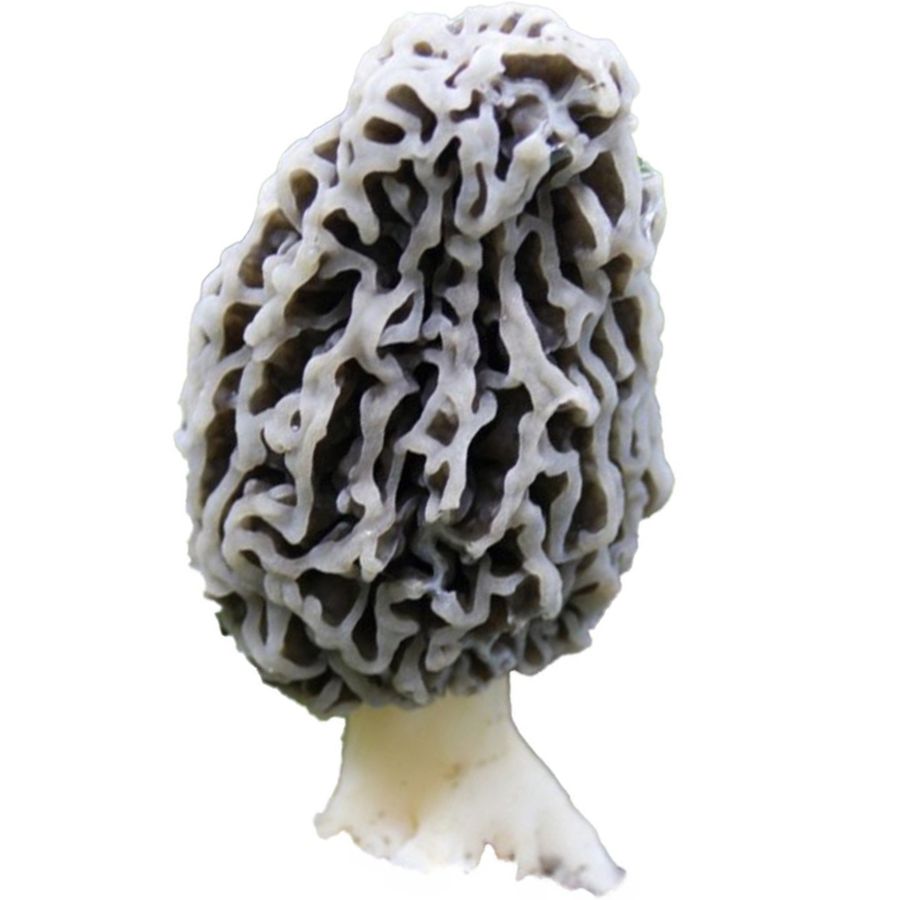
Grey morels (Morchella tomentosa) are also called fuzzy foot or fire morels. Their color can range from deep gray to blackish. They tend to grow in areas that have recently experienced wildfires, as they thrive in the nutrient-rich soil left behind by the fires.
Their caps have a ridged, honeycomb-like texture, similar to other morels. However, grey morels have caps that are covered in fine, fuzzy hairs, so they generally feel velvety to the touch. This is a key thing that sets them apart from other types of morels.
The stem of a gray morel also tends to be stouter and thicker, with an off-white color that can sometimes have a yellow-tinge. In addition, its flesh also tends to be denser compared to the more delicate flesh of yellow morels.
Cream or Yellow Morels
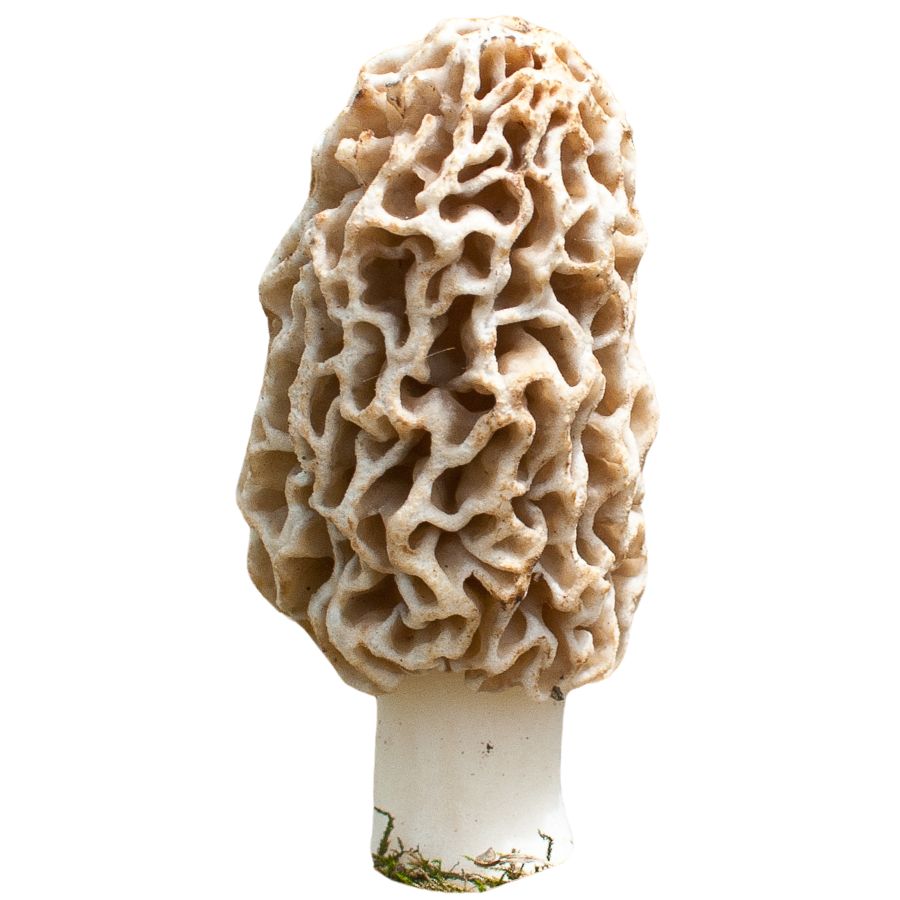
Yellow morels (Morchella esculenta), also known as common, cream, or sponge morels, are named for their yellowish or tan-colored caps. These morels have a honeycomb-like appearance, with deep ridges and pits. The ridges also tend to stay just a bit darker than the rest of the cap.
Pay close attention to the cap of the mushroom. The caps of yellow morels are characteristically fuller and rounder or oval-shaped. Also, their stems are hollow with a wide base and a pale creamy color.
This morel variety commonly grows in hardwood forests, especially near deciduous trees like ash, elm, and oak. They’re also one of the first morel varieties to appear in the spring.
Keep in mind that yellow morels start out with a more grayish appearance, gradually turning yellow as they grow older. This means that if you come across grayish morels in a hardwood forest, then they might be yellow morels that still need to mature.
Black Morels

Black morels (Morchella angusticeps), sometimes called eastern black morels, are a distinctive variety of morel mushrooms known for their dark, almost black caps. Their caps have the same honeycomb-like surface seen in other morels, but they are often taller and more slender.
You can also expect the ridges of this morel type to be noticeably darker than the pits. The stem can be off-white to pale yellow, and is typically wrinkly with a wider base.
This morel variety is often found in hardwood forests and old orchards. They thrive in moist soil and areas around decaying trees and plants as well as areas near streams and creeks. While they grow in moist environments, they don’t like overly wet soil.
You can also expect to black morels in the early to mid-spring, and they emerge just a bit earlier than yellow morels.
For a full overview of what wild mushrooms are easy to recognize, check out this resource on easy-to-identify wild mushrooms.
Mushrooms That Look Like Morels But Aren’t
Now that you have a better idea of what to keep an eye out for when you’re hunting for morels, you’ll also need to know which mushroom species you have to avoid.
Consider exploring foraging for survival strategies that include avoiding toxic lookalikes.
These mushroom species may look a lot like morels, but they’re not morels. Here are the morel lookalikes that you need to be able to identify:
Early Morel – Verpa bohemica
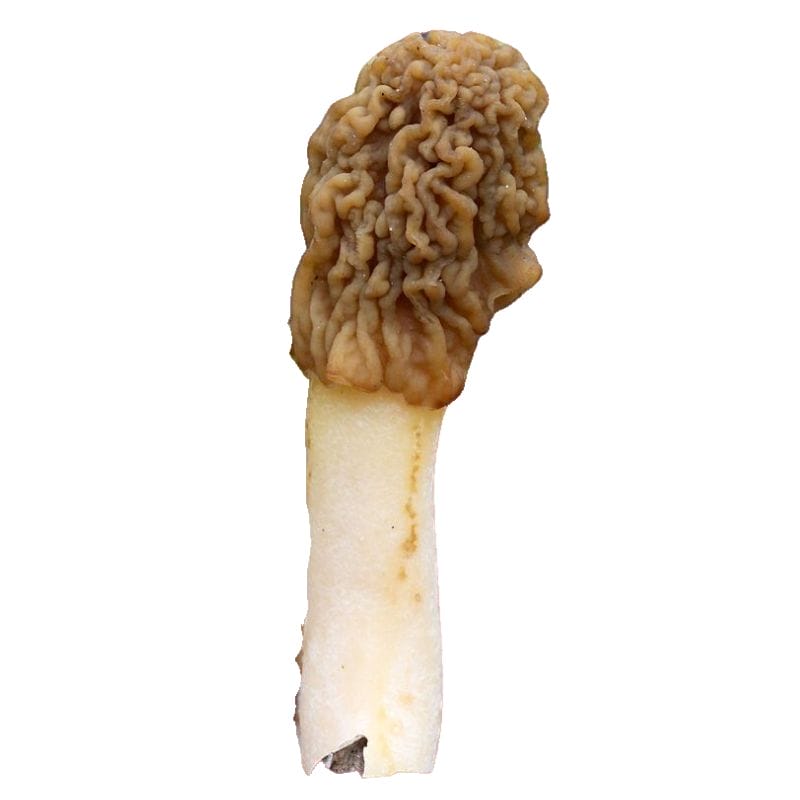
True to its name, the early morel (Verpa bohemica) is a morel lookalike that also emerges early in the spring. A lot of the time, it emerges even before true morels do! Add the fact that it looks like a morel to the unsuspecting eye, and it’s understandable that people often confuse it with the real thing.
The cap of the early morel is light brown or tan and looks kind of like a wrinkled thimble. It doesn’t have the distinctive ridges and deep pits that true morels have. The cap is also attached only to the top end of the stem, with the sides hanging over the stem, much like a bell.
Another difference between early morels and true morels is that early morels tend to have stems with fibers that look like cotton inside. The stems of true morels are generally hollow.
Can you eat the Verpa bohemica? The answer is…controversial, to say the least. Some say that these mushrooms are absolutely delicious and taste a lot like true morels. Others say that it’s fine and good enough to eat if you cook it for a long time. There also are those who only eat the stems and dispose of the caps.
In recent years, however, respected experts like Noah Siegel and Christian Schwarz, authors of Mushrooms of the Redwood Coast, have re-evaluated these fungi. They now list Verpa conica and Verpa bohemica as plain old “edible”—no scare quotes, no special warnings.
Globally, Verpa mushrooms are commonly eaten and even sold commercially without issue. Much of the lingering stigma seems to stem from U.S.-based caution, often due to a lack of deeper knowledge. For a thorough look at this debate, check out the detailed coverage by Fungi Magazine.
Bell Morel – Verpa Conica
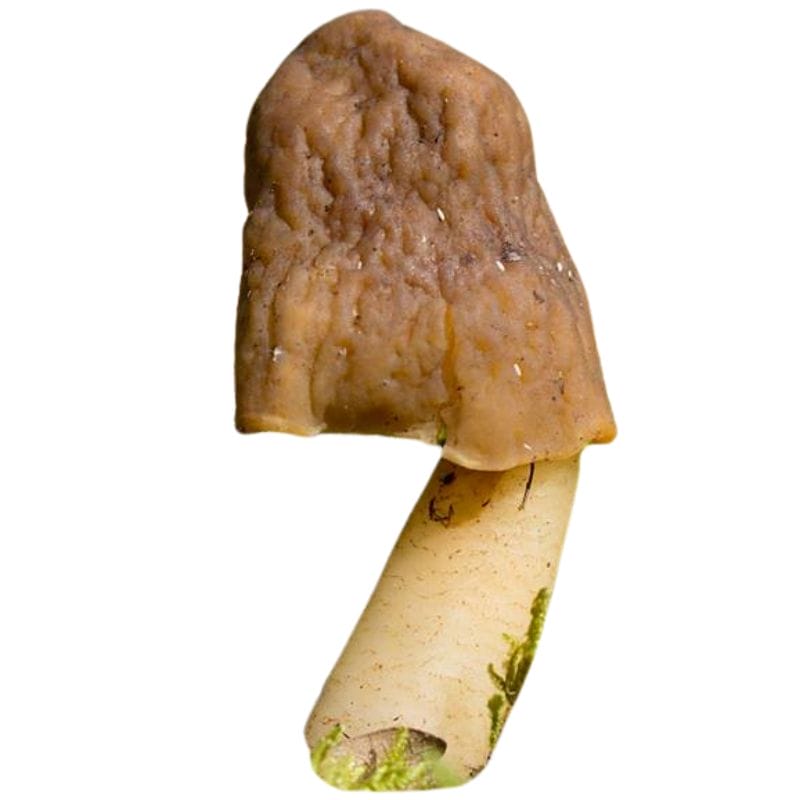
Like early morels, the bell morel (Verpa conica) is also easy to confuse as a true morel. However, it does have a few distinguishing characteristics.
Notably, the cap of bell morels is more similar to the cap of early morels. The cap is attached only to the top end of the stem, with the sides hanging down. It looks a lot like a bell — hence the name!
However, unlike the cap of early morels, the cap of bell morels doesn’t have a wrinkled appearance.
The stem of the bell morel is white to pale yellow, and also longer and narrower compared to the stems of true morels and early morels. It also has a smoother and more fibrous texture, though it has a similar cottony interior as early morel stems.
As a general rule, bell morels should be cooked thoroughly before consumption. If you’re eating it for the first time, it’s best to only eat small portions at first to test your tolerance and avoid gastrointestinal issues.
False Morel – Gyromitra esculenta

False morels (Gyromitra esculenta) are a type of mushroom that you definitely need to watch out for. It’s a toxic mushroom that unfortunately looked quite similar to true morels. Luckily, there are key differences between true and false morels that can help you set the two apart.
One thing that you might be able to notice right away is the appearance of the cap. The cap of a false morel is wrinkled, not sharply ridged and pitted like the cap of a true morel. You’ll also notice that false morel caps are wider where true morel caps are narrower.
Overall, false morels look a lot like brains.
In addition, false morels have a reddish brown to dark brown color, sometimes tinged with yellow or tan. The stem also tends to be short and thick, with an off-white to yellow color and a cottony, fibrous interior.
An important characteristic that sets false morels apart from true, early, and bell morels is that false morels are hollow but chambered. True, early, and bell morels are hollow all throughout. False morels, meanwhile, have several hollow pockets inside of them.
Perhaps the most important thing to remember about false morels is that they’re known to be toxic, especially when they’re raw. They contain a compound called gyromitrin, which breaks down into monomethylhydrazine (MMH) when consumed. MMH can affect major organs in the body and cause severe poisoning.
There are those who still consume false morels after extensive cooking and preparation, but it’s important to keep in mind that these mushrooms can still be highly toxic even when cooked. Thus, it’s best to stay away from false morels and to leave them be when you encounter them.
Stinkhorn

Stinkhorns are a group of mushrooms that certainly live up to their name. Aside from their distinctive appearance, they also have a distinctive smell. They have a strong, foul odor that’s often compared to the smell of rotting meat or even sewage. In fact, the smell alone can help you distinguish them from true morels.
Several stinkhorn species have a slimy mass on their caps. This mass is the gleba, or the spore mass. Because stinkhorns emit a foul, rotting smell, the often attract flies that then carry off the spores and spread them.
The caps of stinkhorns themselves are often slimy to the touch as well, as opposed to the dry caps of true morels. Depending on the species, stinkhorn caps can be pointed, rounded, or latticed. Stinkhorn are also soft and spongy, while true morel caps are firmer.
You can also differentiate between stinkhorns and true morels based on their habitats. While true morels generally thrive in hardwood forests and post-burn areas, stinkhorns grow in things like mulch, compost, and areas with decaying wood. They also prefer warm and humid environments.
How To Find Morels
Let’s get more specific and break down the different conditions in which morels can typically be found:
Know your trees if you want to find morels
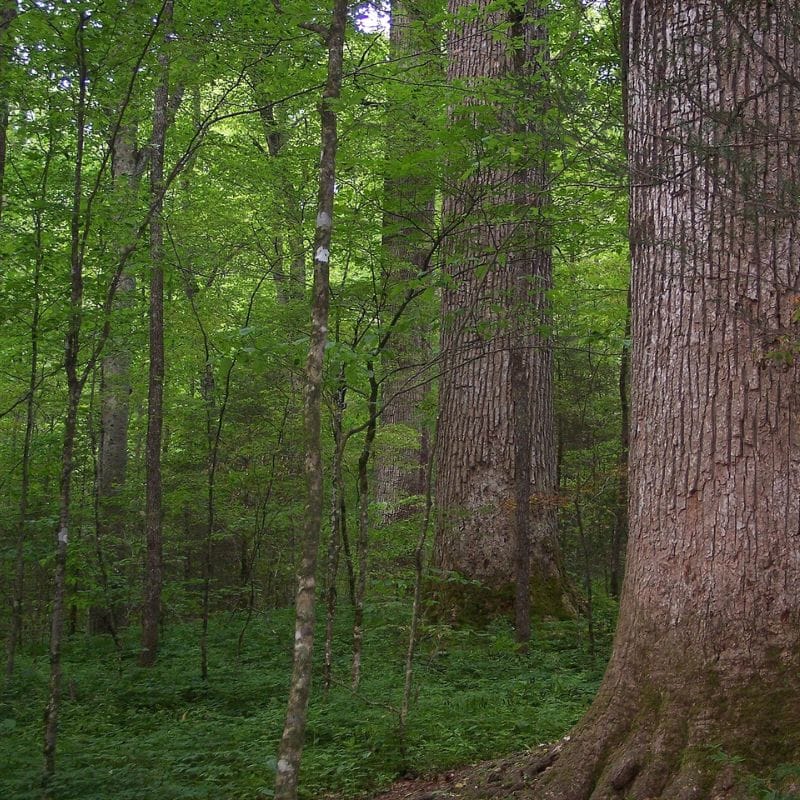
The most common type of trees associated with true morels are hardwood trees. You’ll often find morels at the base of these trees, around fallen leaves, or near decaying roots.
Keep an eye out for the following tree types:
- Apple
- Ash
- Aspen
- Douglas Fir
- Elm
- Oak
- Peart
- Ponderosa Pine
- Sycamore
- Tulip Poplar
- White Pine
If you need a refresher on how to identify these, you can check out this article on how to identify the trees morels love here.
Loamy or moist and well-drained soils around these trees are usually the best spots where morels can be found.
Coniferous trees are often associated with morels, though these are for fire-associated varieties. You can search for morels in conifer forests in the aftermath of a fire.
Moist soil near creeks and streams are ideal

You’ll also be able to find morels in rich, moist soils near streams and creeks, especially those on hillsides.
However, it’s important to note that the area should have well-drained soil. That’s the type of soil that morels thrive in. You’re far less likely to find these mushrooms in wet, inundated soil.
Thus, when you’re near a stream or creek, try to go a bit farther away and look for spots where the soil drainage is much better.
Seek Out Old Apple Orchards

Morels notoriously thrive in old apple orchards, especially orchards in regions where apples have been historically cultivated. This is because morels are known to favor areas with decaying organic matter from dead or dying trees, and apple orchards are a prime candidate.
These old orchards often have decaying apple tree roots. The soil there is also often rich in nutrients and is well-drained, forming a great environment for morels to form.
Additionally, apple orchards have disturbed ground as a result of tilling and the removal of trees. This is yet another condition that morels prefer.
However, one caveat is that old apple orchards, especially those from the early to mid-20th century, were typically treated with pesticides like DDT and lead arsenates. These pesticides have been banned, but they’re still a concern. DDT takes a long time to break down, and lead isn’t biodegradable at all.
Thus, old apple orchards might be contaminated with these pesticides.
If you’re looking to broaden your spring foraging knowledge, these simple foods to forage in spring can be found in many of the same environments as morels.
Soil temperature is critical

Another environmental aspect that’s crucial for the growth of morels is soil temperature. Typically, the most ideal temperatures for morels to thrive are 50°F to around 55°F.
Morels might start appearing once temperatures reach around 48°F, continuing to thrive once temperatures are in the ideal range. They can still continue growing in the 55°F to 60°F range.
However, if temperatures rise too quickly, that might signal the end of morel season. Anything above 60°F will cause morels to begin to dry out and decay.
Focus on southward and westward slopes early in the season
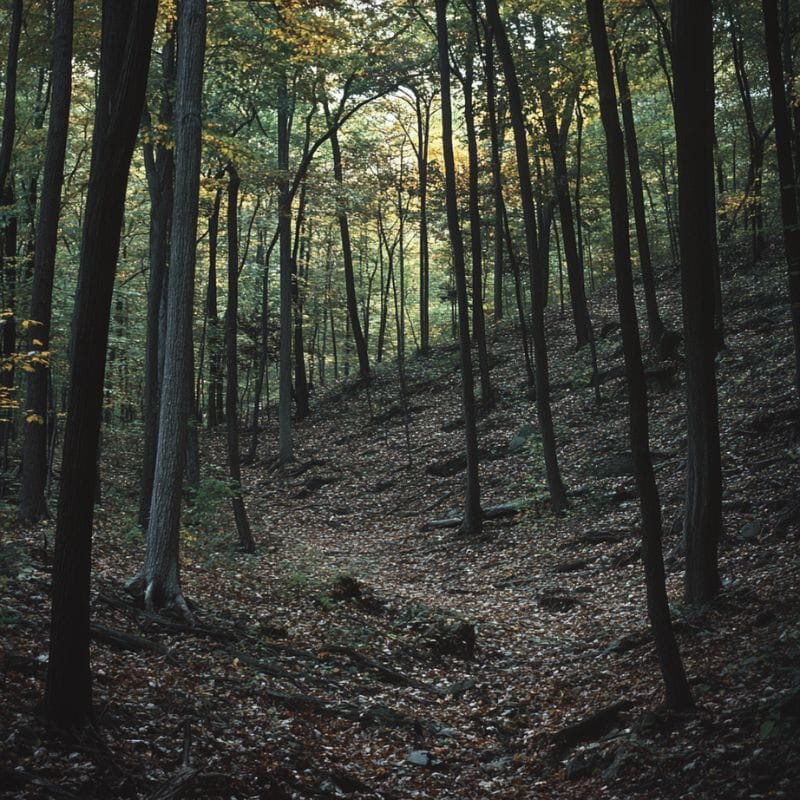
Morels tend to show up sooner on south- and west-facing slopes. This is because these slopes generally receive more direct sunlight, which makes them warm up faster in the spring. Thus, the soil here reaches the ideal 55°F to 60°F temperature range more quickly.
If you want to go morel hunting earlier in the season, you can check out south- and west-facing slopes. However, morels in these areas tend to be smaller and drier because of the higher temperatures.
Wait a little longer and you can hunt on north- and east-facing slopes. These areas won’t get as much direct sunlight and therefore warm up more slowly. Soils here also retain moisture much longer.
Thus, morels tend to be larger on north- and east-facing slopes, and they typically stick around for a longer period of time.
Burned areas are great for some morels
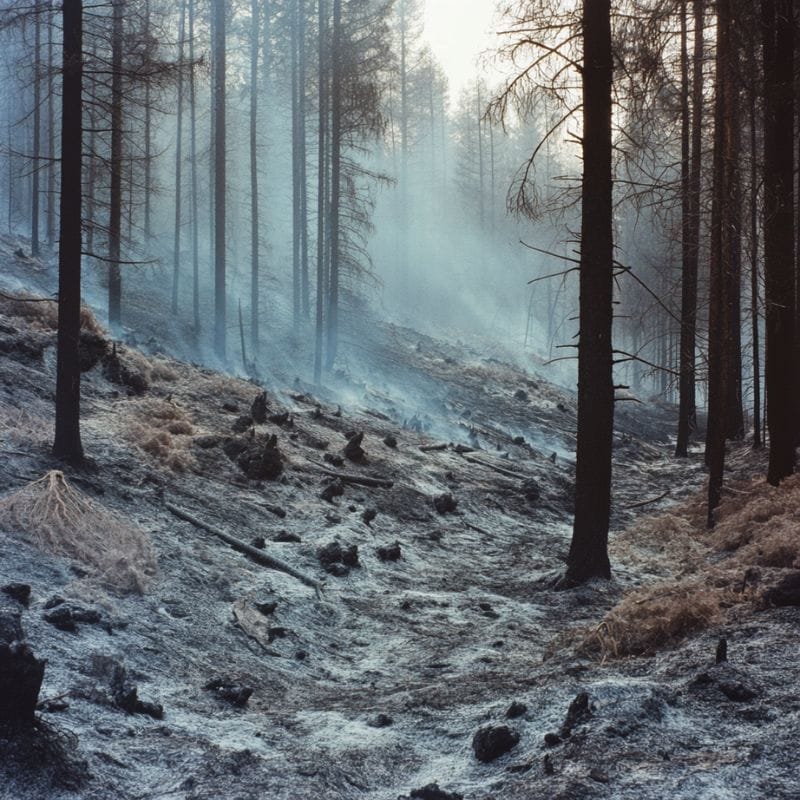
Burn areas are also a great place for morels to grow in, particularly those areas in the western US where wildfires occur frequently. You can expect morels to grow during the first spring following a wildfire.
Fire can give morels an advantage. For one thing, it can wipe out other fungi and plants that would compete with morels for nutrients. Morels also thrive in disturbed ground, of which there are plenty after a fire.
However, morels won’t thrive if the fire is too intense. The fire should just be intense enough that it can clear the forest floor without being so hot that it sterilizes the ground.
Tools from the ultimate forager’s toolkit can make searching in post-fire terrain much easier.
Rotting wood debris and leaves
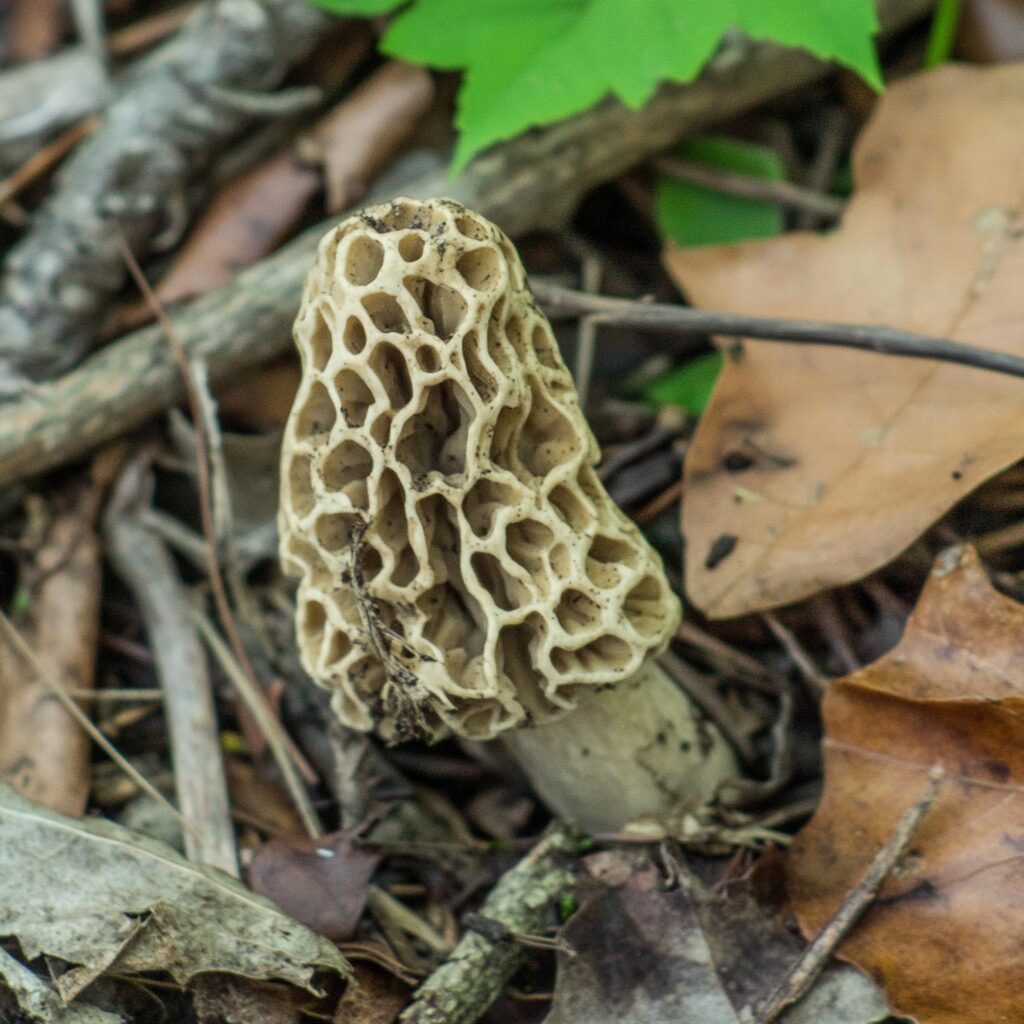
Look for spots where there are dead or dying trees, fallen branches, or fallen leaves. The roots and stumps of elm, poplar, ash, apple, and other types of hardwood trees in particular are also good places to look. These are prime spots for morels because decaying organic matter enables these mushrooms to thrive.
Decomposing leaves, wood, and roots release nutrients that fuel the growth of morels and other types of fungi. Decaying matter also holds the right amount of moisture that morels prefer.
When you see one there are often others nearby
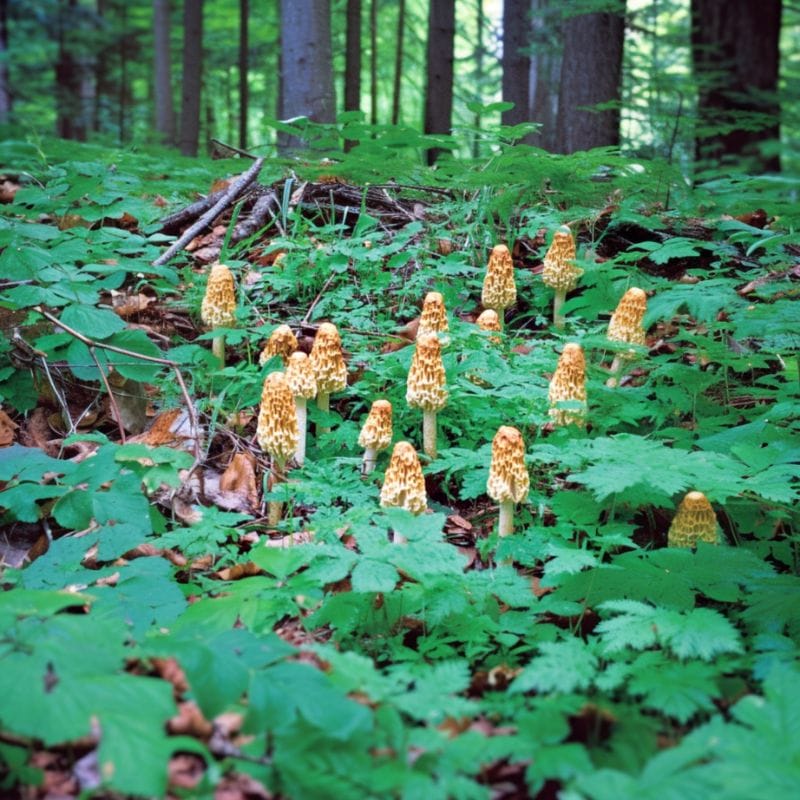
There’s rarely ever just one morel in a general area. Typically, they appear in small clusters. If you find one, it’s highly likely that there are more nearby, often within a distance of a few feet. You won’t find morels tightly packed together, but you won’t have to look far either for more specimens.
Morels can also return to the same spots year after year, though this is highly dependent on the conditions in the area. As long as all the right environmental conditions are there, you can come back to the same spots where you found morels every year. There will likely be more morels waiting.
It’s also possibly that these spots might shift slightly as time passes. Drastic changes, such as fires and floods, can also increase the chances of morels fruiting.
Old timers look to oak leaves and lilacs
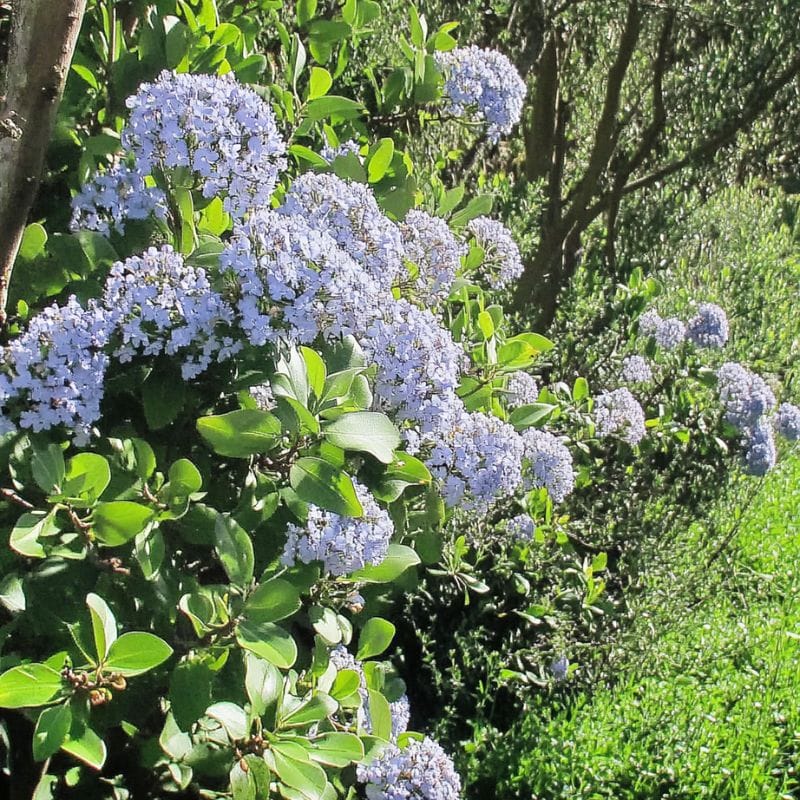
Experienced foragers will likely tell you to keep an eye out for lilac blooms. This is because the conditions needed for morels to grow and lilacs to bloom are generally aligned. You’ll likely hear that morel season coincides with the blooming of lilacs, especially in temperate areas.
The emergence of oak leaves is also a traditional indicator for morel season, and with good reason. Oak leaves come out when temperatures reach the 50°F to 55°F range, so morels are not far behind. Once these leaves are roughly the size of a mouse’s ear, it’s time to start looking!
Before you head out
Before embarking on any foraging activities, it is essential to understand and follow local laws and guidelines. Always confirm that you have permission to access any land and obtain permission from landowners if you are foraging on private property. Trespassing or foraging without permission is illegal and disrespectful.
For public lands, familiarize yourself with the foraging regulations, as some areas may restrict or prohibit the collection of mushrooms or other wild foods. These regulations and laws are frequently changing so always verify them before heading out to hunt. What we have listed below may be out of date and inaccurate as a result.
Where You Can Find Morels
Armed with the knowledge of the typical places where morels can be found, we can now take a look at the places where you can go mushroom hunting successfully.
If you’re hoping to find other spring edibles along the way, these easy-to-identify wild roots and tubers are often found in the same environments.
These are some of the best spots for morels in the state:
Payette National Forest

Payette National Forest is one of the most breathtaking forests in Idaho, stretching across 2.3 million acres of diverse landscapes in west-central Idaho. The forest borders Oregon and is named after François Payette, a French-Canadian fur trapper who explored the region.
Visitors can enjoy hiking trails that wind through dense forests and open meadows. The Payette River system, with its clear waters and abundant fish, attracts anglers from across the country. The forest is home to many species of trees, including Douglas fir, ponderosa pine, and western larch.
In spring, when the snow melts and temperatures begin to rise, morel mushrooms often appear in abundance. The best places to look for morels in Payette National Forest are around recently burned areas, particularly those that burned the previous year.
Look near mature cottonwood trees along river banks where the soil stays moist but not soggy. The area around McCall is particularly good for mushroom hunting, with many accessible trails leading to perfect morel habitats.
Sawtooth National Forest
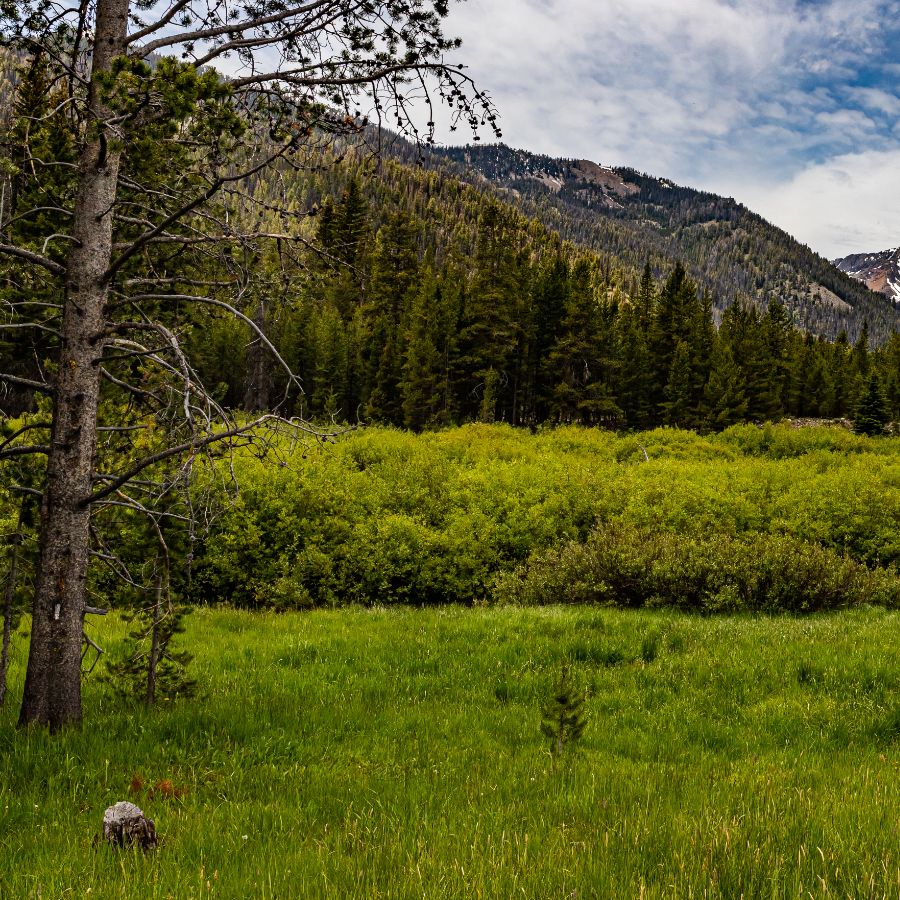
Sawtooth National Forest covers over 2 million acres in central Idaho and is famous for its jagged mountain peaks that resemble the teeth of a saw, giving the forest its distinctive name. This stunning forest includes the Sawtooth Wilderness area, which offers some of the most pristine natural environments in the state.
Located approximately 45 miles east of Boise, the forest is easily accessible from Idaho’s most populated areas. The region boasts over 1,000 high mountain lakes and 40 peaks that rise above 10,000 feet in elevation.
Sawtooth’s varied terrain creates multiple microclimates that are favorable for morel mushrooms. For the best morel hunting in Sawtooth, focus on areas with aspen groves, particularly at elevations between 4,000 and 7,000 feet. The soil in these areas tends to warm up earlier in the season.
Another good strategy is to search along the edges of melting snow banks where moisture levels are perfect for morel fruiting. The areas around Stanley and Ketchum often provide good yields for mushroom hunters. Look for south-facing slopes early in the season, as these warm up first and trigger morel growth before other areas.
Boise National Forest
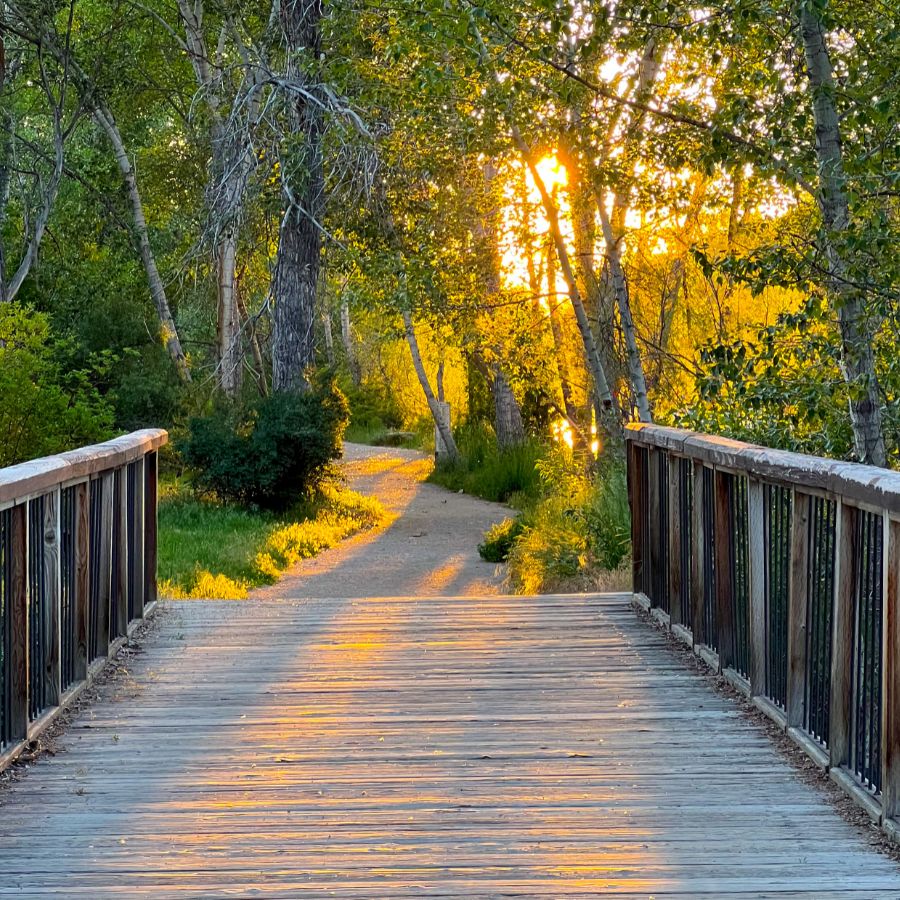
The Boise National Forest encompasses over 2.6 million acres of mountains and forests to the northeast of Idaho’s capital city. Founded in 1908 by President Theodore Roosevelt, this forest has a rich history of conservation and resource management.
The landscape is defined by the Boise, Payette, and Salmon River mountain ranges, with elevations varying dramatically from 2,800 feet in the lower valleys to nearly 10,000 feet at the highest peaks.
The forest is characterized by rugged mountains, deep canyons, and numerous rivers including the popular Payette River system. The area experiences four distinct seasons, with warm summers and cold, snowy winters that create ideal conditions for diverse fungal growth in spring
With its proximity to Boise, this forest offers convenient access for weekend mushroom hunting trips. Morel enthusiasts have great success in the Boise National Forest by focusing on mid-elevation areas after spring rains have moistened the soil.
A successful approach is to look around stands of dead or dying elm trees, which have a symbiotic relationship with certain morel species. The forest’s network of maintained roads provides access to many promising hunting grounds even for those who prefer not to hike long distances.
Caribou-Targhee National Forest
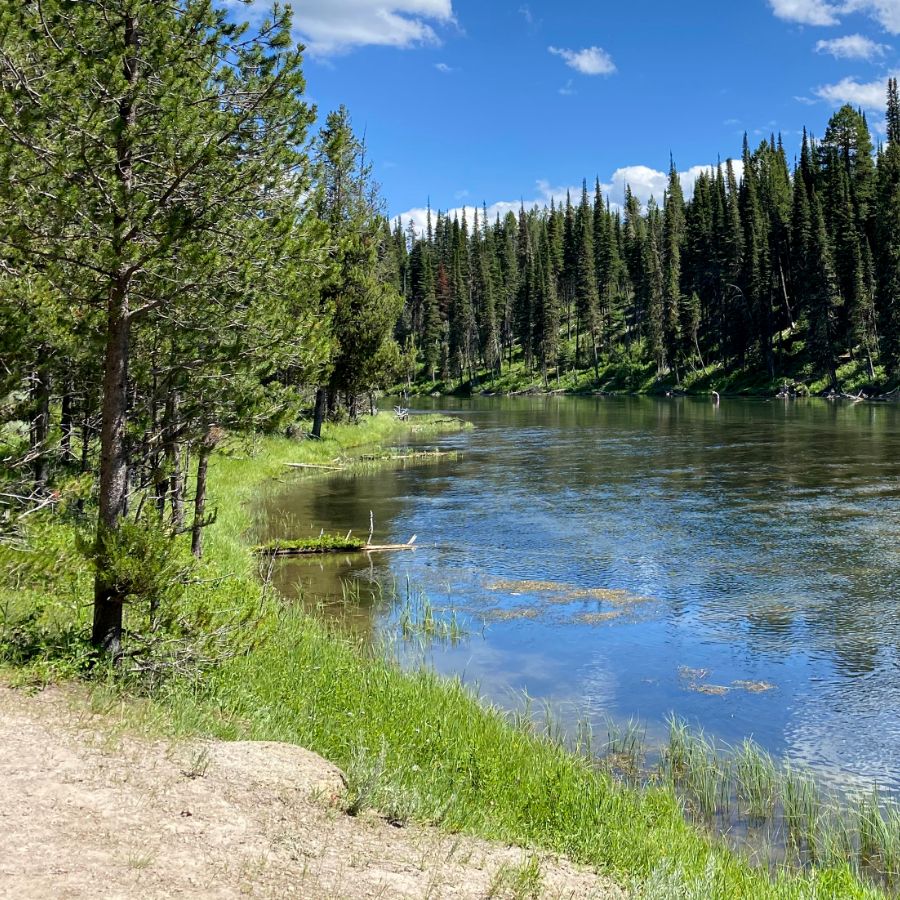
The Caribou-Targhee National Forest spans over 3 million acres across eastern Idaho, extending into Wyoming and Utah. This massive forest surrounds the western and northern borders of Yellowstone National Park, offering similar ecological features without the park restrictions.
The forest contains some of Idaho’s most diverse geological features, including limestone mountains in the Caribou Range and volcanic soils near Yellowstone. Annual precipitation varies widely across the forest, creating distinct moisture zones that influence morel growth patterns.
For successful morel hunting in this forest, concentrate on disturbed areas where logging has recently taken place. These areas often see prolific morel fruitings in the years following timber harvests. Moreover, you can hunt in areas with healthy stands of cottonwood and aspen, particularly near the South Fork of the Snake River.
The forest’s varied elevation offers a longer morel season than many other locations, as you can start at lower elevations and work your way up as the season progresses. Many local mushroom hunters focus on the Island Park area, which has historically been productive for morel gathering.
Salmon-Challis National Forest

Salmon-Challis National Forest is a vast wilderness area covering approximately 4.3 million acres in east-central Idaho, extending from the Montana border to the center of the state. Created in 1998 by combining the Salmon and Challis National Forests, this area contains some of Idaho’s most rugged terrain.
Frank Church River of No Return Wilderness, the largest wilderness area in the contiguous United States, lies within its boundaries. For morel hunters, the Salmon-Challis offers excellent opportunities due to its varied terrain and regular wildfire activity.
One of the most productive approaches here is to target areas near natural springs and seeps, where consistent moisture creates ideal conditions for morel growth. The areas around Challis and Stanley are known hotspots for spring morel fruitings.
Another effective strategy unique to this forest is searching in mixed conifer forests at moderate elevations that receive afternoon shade. These areas retain moisture longer and often produce morels later than other locations. The transitional zones between forest types, particularly where aspen meets conifer, frequently yield good numbers of morels after spring rains have soaked the ground.
Additional locations to find Morels
| Southwestern Idaho | Collection Guidelines |
|---|---|
| Boise National Forest | Personal use harvesting of up to 5 gallons per day is allowed without a permit. Raking or ground disturbance is prohibited. Commercial harvesting requires a permit. |
| Cascade | Follows Boise National Forest guidelines: personal use collection up to 5 gallons daily without a permit; avoid ground disturbance. |
| Garden Valley | Adheres to Boise National Forest regulations: individuals can gather up to 5 gallons per day for personal. |
| Idaho City | Complies with Boise National Forest rules: personal use collection up to 5 gallons daily without a permit. |
| Lowman | Under Boise National Forest guidelines, personal use harvesting of up to 5 gallons per day is allowed without a permit; minimize impact by cutting mushrooms with a knife. |
| Payette National Forest | Personal use harvesting is permitted; specific guidelines should be obtained from the Payette National Forest office. |
| Smiths Ferry | Follows Boise National Forest guidelines: personal use collection up to 5 gallons daily. |
| Stanley | Adheres to Boise National Forest regulations: individuals can gather up to 5 gallons per day for personal use without a permit. |
| Central Idaho | Collection Guidelines |
|---|---|
| Challis | Personal use harvesting allowed; contact the Salmon-Challis National Forest for specific guidelines. |
| Frank Church-River of No Return Wilderness | Personal use harvesting permitted; consult Salmon-Challis National Forest for regulations. |
| Salmon | Individuals may collect mushrooms for personal use. |
| Sawtooth National Recreation Area | Personal use harvesting allowed; follow Sawtooth National Forest guidelines. |
| Sun Valley | Personal use collection permitted; adhere to Sawtooth National Forest regulations. |
| Northern Idaho | Collection Guidelines |
|---|---|
| Coeur d’Alene National Forest | Personal use harvesting is free up to one gallon per day or five gallons per season; a free permit is required for larger quantities. Commercial harvesting is not permitted. |
| Kaniksu National Forest | Follows Idaho Panhandle National Forests guidelines: personal use collection up to one gallon daily or five gallons per season without a permit. |
| Kootenai National Forest | Personal use harvesting permitted; consult Kootenai National Forest for specific guidelines. |
| Priest Lake | Adheres to Idaho Panhandle National Forests regulations: individuals can gather up to one gallon per day or five gallons per season without a permit. |
| Sandpoint | Personal use collection up to one gallon daily or five gallons per season without a permit; free permit required for up to 20 gallons per season; commercial harvesting prohibited. |
| St. Joe National Forest | Under Idaho Panhandle National Forests guidelines, personal use harvesting of up to one gallon per day or five gallons per season is allowed without a permit. |
| Eastern Idaho | Collection Guidelines |
|---|---|
| Caribou-Targhee National Forest | Personal use harvesting allowed; contact Caribou-Targhee National Forest for specific guidelines. |
| Island Park | Individuals may collect mushrooms for personal use; adhere to Caribou-Targhee National Forest regulations. |
| Palisades Reservoir | Personal use collection permitted; consult Caribou-Targhee National Forest for guidelines. |
| Teton Basin | Personal use harvesting allowed; follow Caribou-Targhee National Forest regulations. |
| Southern Idaho | Collection Guidelines |
|---|---|
| Bear Lake | Personal use harvesting permitted; adhere to Caribou-Targhee National Forest guidelines. |
| Cassia County | Individuals may collect mushrooms for personal use; follow Sawtooth National Forest regulations. |
| City of Rocks National Reserve | Personal use collection allowed; consult Sawtooth National Forest for specific guidelines. |
| Minidoka Ranger District | Personal use harvesting permitted; adhere to Sawtooth National Forest guidelines. |
| Pocatello | Individuals can harvest mushrooms for personal use; follow Caribou-Targhee National Forest regulations. |
| Sawtooth National Forest | Personal use collection allowed; consult Sawtooth National Forest for guidelines. |
| Twin Falls | Personal use harvesting permitted; adhere to Sawtooth National Forest regulations. |
When You Can Find Morels
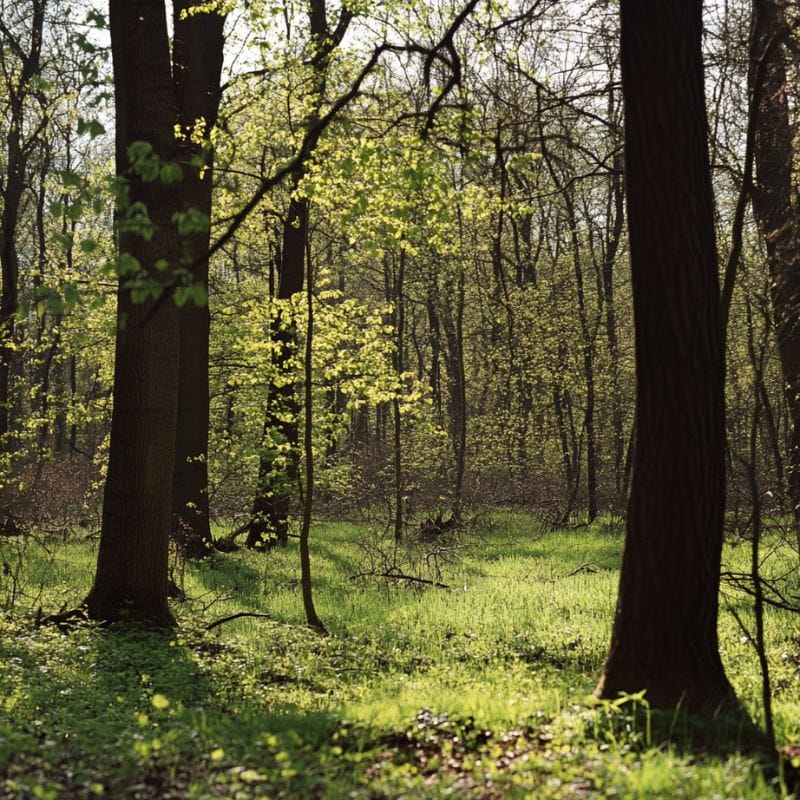
Morel mushrooms are known to show up in the spring, but exactly when is the question. The timing of morel season can vary, depending on the location, weather conditions, temperature, and various other factors.
In some areas, morels start emerging as early as the first few warm days after winter. If you’re in the southern United States, you might want to start morel hunting as early as March. If you’re in the northern parts of the country, such as the Midwest or the Northeast, you might have to wait until April to May.
Morels emerge later in the spring in some mountain regions, where morels season might continue up to early June. Typically, you can also expect fire morels to appear in the latter parts of spring.
Generally, you’ll want to hunt for morels a few days after some light rainfall, when temperatures start to get warmer. You can keep an eye on local weather forecasts, and you can also start checking soil temperatures if you haven’t done so yet. This can give you a much better idea of whether or not it’s time to put on your boots and start searching.
If you live in an area where wildfires occur, you might be able to start successfully searching for morels a day or two after a fire. However, keep in mind that other environmental conditions also need to be just right for morels to start fruiting. You might have to wait until later in the season, particularly in higher elevations.
It’s important to get the timing right! Morel season doesn’t last long, typically 4 to up to 8 weeks. This can also depend on a lot of different factors, many of which you can track and predict.
Thus, you need to make sure that you’re familiar with the topography and landscape of the area where you want to search, the weather, the environmental conditions, and the specific things that are conducive for morel growth. Make sure to get in early before all the good spots get wiped out!
As you head into peak season, it’s also worth learning about easy-to-identify wild nuts, seeds, and berries to round out your foraging haul.
One Final Disclaimer
The information provided in this article is for general informational and educational purposes only. Foraging for wild plants and mushrooms involves inherent risks. Some wild plants and mushrooms are toxic and can be easily mistaken for edible varieties.
Before ingesting anything, it should be identified with 100% certainty as edible by someone qualified and experienced in mushroom and plant identification, such as a professional mycologist or an expert forager. Misidentification can lead to serious illness or death.
All mushrooms and plants have the potential to cause severe adverse reactions in certain individuals, even death. If you are consuming foraged items, it is crucial to cook them thoroughly and properly and only eat a small portion to test for personal tolerance. Some people may have allergies or sensitivities to specific mushrooms and plants, even if they are considered safe for others.
Foraged items should always be fully cooked with proper instructions to ensure they are safe to eat. Many wild mushrooms and plants contain toxins and compounds that can be harmful if ingested.

